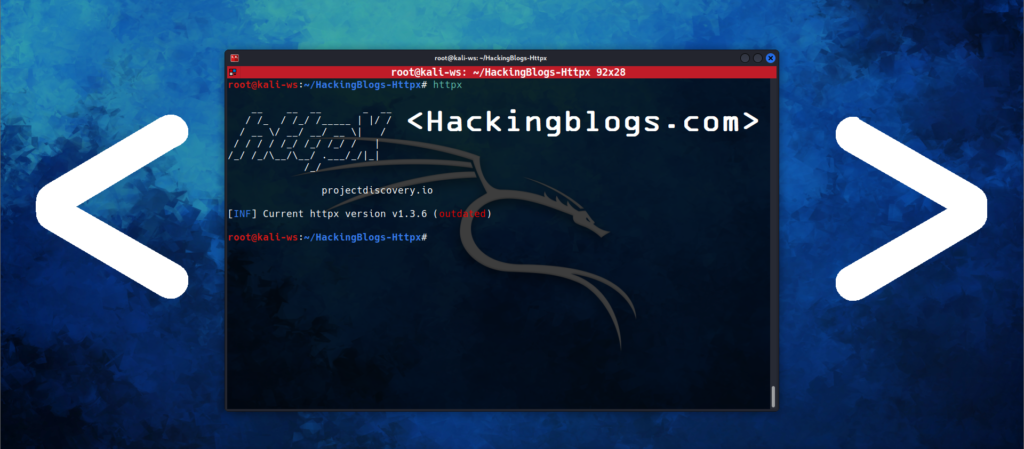A surprising pattern has been discovered by a recent study: smartphones may be used to locate people’ homes quite accurately while secretly monitoring their activities. Partially processed information can be accessed without the owners’ knowledge by taking use of GPS data in different apps.
With an amazing 99.6% accuracy rate, this data helps in determining the surrounding environment. It also tracks human activity in various contexts with an accuracy rate of up to 87%. With little error, complete floor designs can be created using the information gathered.

Approximately 90% of Android users are now impacted by the issue. Researchers worry that intelligence organisations, like the US National Security Agency (NSA), may already be tracking and analysing user behaviour using this kind of data.
Even though the study was limited to Android cellphones, experts think that other smartphones that allow apps to obtain GPS data could also be at risk. Thus, iPhone users are likewise impacted by this. Experts say that giving up smartphone use is the only way to completely protect yourself.
Data were collected for the study over a long period of time in a variety of geographic locales, including high-altitude regions and even cruise ships. Elevators, stairwells, corridors, and rooms are among the interior plan features that can be accurately identified with high precision based on the data, indicating how serious the threat is to user privacy.
An overview of GPS
The US Department of Defence launched the Global Positioning System (GPS) in 1973. It is a part of the constellation that forms the Global Navigation Satellite System (GNSS). By 2024, GPS will consist of 31 satellites rotating in six planes around the Earth.
They are all located 20,000 kilometres above sea level, in the medium earth orbit . The navigation signals that these satellites send out are exact indicators of their position, velocity, and current time (PVT). In general, this information is not affected by bad weather. At least four satellite signals are needed for a GPS receiver to determine the precise location.
Android’s Location Accuracy Permissions
In Android, the location accuracy permission, provided by 𝙰𝙲𝙲𝙴𝚂𝚂 _ 𝙲𝙾𝙰𝚁𝚂𝙴 _ 𝙻𝙾𝙲𝙰𝚃𝙸𝙾𝙽 and 𝙰𝙲𝙲𝙴𝚂𝚂 _ 𝙵𝙸𝙽𝙴 _ 𝙻𝙾𝙲𝙰𝚃𝙸𝙾𝙽 , enables apps to select the required accuracy to access the location of the device.

Use cell tower or Wi-Fi network data for locating, providing 100 metres of accuracy, making it appropriate for weather or news apps.
Higher precision with GPS-based locating methods is provided by 𝙰𝙲𝙲𝙨𝙂𝚂 𝙵𝙸𝙽𝙊 𝙻𝙾𝙲𝙰𝚃𝙾𝙽 , usually within 50 metres, sometimes as fine as 3 metres or better . Apps must ask for both permissions with Android 12 and later, regardless of the precision requirements, in order to accommodate user preferences. Particularly, authorisation is needed to access semi-processed GPS measurements.

It was previously unknown that semi-processed GPS data could be utilised to detect human activity, sense the surrounding environment, and determine floor plans. Researchers were able to demonstrate that all of the previously mentioned goals may be fulfilled, and that too with a high degree of accuracy, varying from approximately 99.5% under controlled circumstances to 87% under completely uncontrolled settings.


